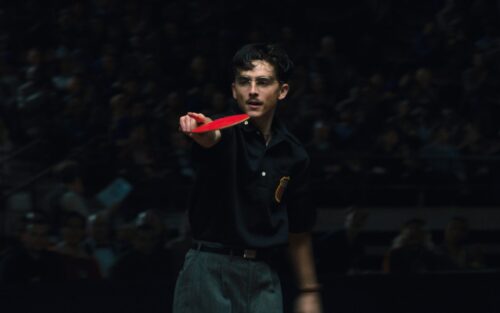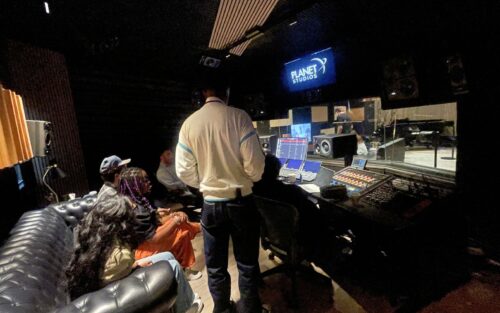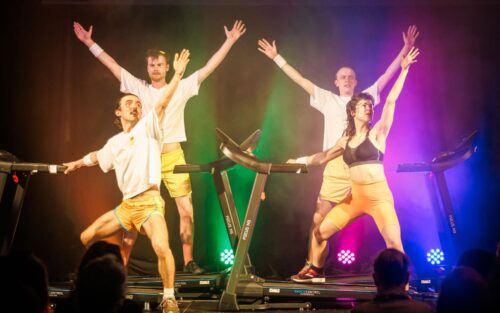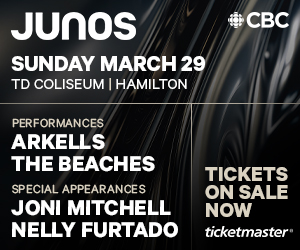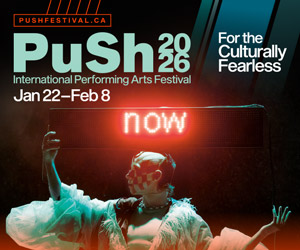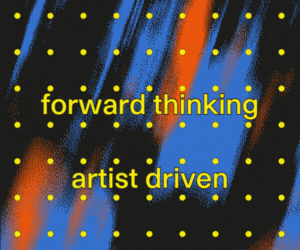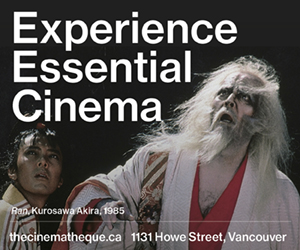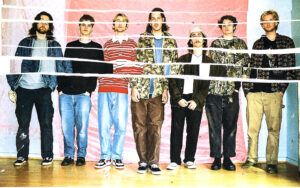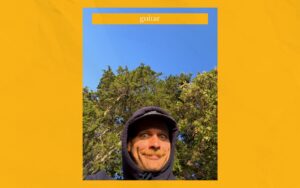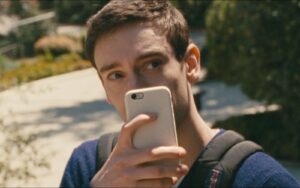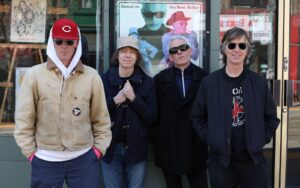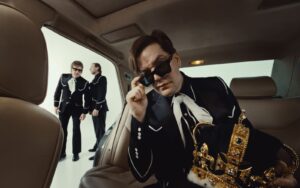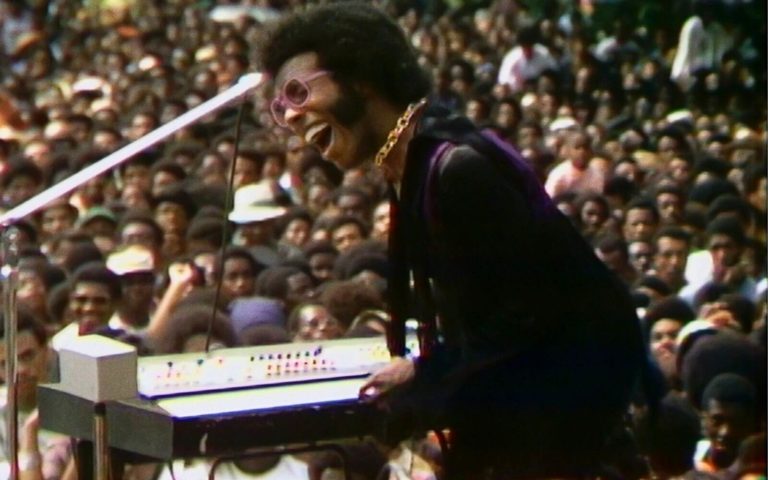
Summer of Soul is Questlove’s Homage to the Healing Power of Black Music
The celebrated Roots drummer makes his directorial debut remembering 1969’s Harlem Cultural Festival.
by Luis Minvielle
- Published on
In 1969, flocks of music fanatics approached New York City to enjoy a music festival that boasted an unprecedented lineup of artists and performers — the kind of musicians that could mash-up sounds and rhythms, defining new genres on the spot. We’re talking, of course, about the Harlem Cultural Festival, a Black music fest that took place during the same summer that hosted Woodstock Festival, only to be lost in time due to the lack of media coverage.
Ahmir “Questlove” Thompson, the drummer and daring mind behind the emblematic hip-hop group The Roots, is about to change that situation forever. Summer of Soul, his first feature film, now in theatres and on Disney+, assembles long-forgotten (and recently recovered) pristine footage from the festival to act as a welcome documentary of the six-week event. The feature film, kept up by an improbable —and marvellous— sound and video quality, includes never-seen-before concert performances by Stevie Wonder, Nina Simone, Sly & the Family Stone, Gladys Knight & the Pips, Mahalia Jackson, B.B. King (“Fire,” according to Questlove), and The 5th Dimension, among other legendary acts.
Summer of Soul (…Or, When the Revolution Could Not Be Televised), an allusion to Gil Scott-Heron’s spoken-word seminal track, is unexpectedly clean — the pictures are vivid, like a glowing summer afternoon, and the stirring audio’s incredibly well recorded. Despite such attributes, even industry insiders had forgotten about the Harlem Cultural Festival: it took 20 years for Questlove himself to find out about this massive fest.
“I first saw the footage back when The Roots went to Tokyo in 1997,” he explains. “My translator, who knew I was a soul fan, took me to a place called the Soul Train café. So, unbeknownst to me, when at the café, I watched a two-minute clip of Sly and the Family Stone perform, I was watching the Harlem Cultural Festival. I just assumed that all festivals in the 60s were from Europe because America didn’t have that culture yet,” he said.
But Questlove did not shrug off the clip, and, to his favour, the story would rise again two decades on. “Exactly 20 years later, [producers] David Dinnerstein and Robert Fyvolent told me that they had this footage about a Black event.” That’s when he found out about the Harlem Cultural Festival. “They had the footage, and they wanted me to direct the film. First seeing it without knowing it in ‘97 and presented to me in 2017 — but even then I didn’t believe it was real,” says Questlove, who claims the film strikes a perfect balance between soul music, free jazz, gospel and salsa music.
The footage was recorded in August 1969 by Hal Tulchin, a television cameraman, on commission by festival organizer Tony Lawrence, an emcee who Questlove has tried to contact without success. Neither Tulchin nor Lawrence could find a home for the footage, and the festival —and its recording— were erased from memory, overlapped by Woodstock and the arrival to the Moon. After Tulchin’s passing in August 2017, his widow offered the footage to producers Robert Fyvolent and David Dinerstein. She told them the tapes had been sitting in Tulchin’s basement in New York. After retrieving them, they began development and connected with Questlove, who agreed to direct his debut feature film.
How could that audio, sourced from a 50-year old and possibly amateur recording, be so pristine? Questlove asks himself the same question. “We only made a 2 per cent adjustment on the original audio,” he says. “The audio that you hear with the music is the dry, rough mix from the soundboard, and it sounded perfect. And for the life of me, I can’t figure out how 12 microphones were utilized in a way so powerful, especially with Stevie Wonder. Stevie put three of those microphones on his drum set and the other three on his other drummers — six microphones for two sets of drums. And then the other six were on Stevie’s vocals. And I’m trying to figure out, for the life of me, ‘Why is this sound so crisp and pristine?’ It’s to the point where I’m almost tempted to strip down The Roots ourselves.” This is a bold take, considering it comes from the drummer known for recording masterworks such as D’Angelo’s Voodoo (2000), a staple of the neo-soul genre.
Summer of Soul’s incredibly effective recording techniques may have an impact on The Roots’ process. “I asked our production manager how many microphones we use, and he was like, ‘Oh, you guys use 103 mics’. So yeah, I’m trying to figure out if The Roots can even survive with just 15 microphones,” he said.
Questlove considered titling the film “Black Woodstock,” but he later opted for the epochal Summer of Soul — a less dependant, more self-reliant option. He wanted to define the importance of this event through its own achievements. “The footage was the butterfly wing, if you will, that told me the film needed its name — I felt like we needed a proper title for our film, rather than continuing to connect it to the Woodstock Festival in upstate New York,” he said.
Summer of Soul succeeds in every plain: it brings awareness about a previously erased significant moment for Black culture, it lets Questlove shine as a storyteller, and also showcases, with excellent video and sound quality, star performers at their peaks. Watch a young Stevie Wonder drum-smashing and sun-basking and see for yourself.
By Glenn Alderson
A deep-listening session reveals how Apple Music’s sonic innovation reshapes the way we hear.
By Cam Delisle
Dominic Weintraub and Hugo Williams take audiences on a treadmill-fueled ride through the chaos and hope of modern life.

